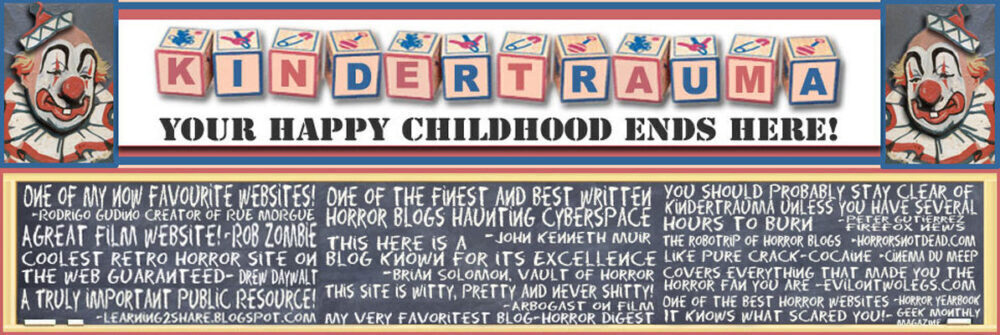
I can't watch PHILIP KAUFMAN's 1978 version of INVASION OF THE BODY SNATCHERS without having GEORGE TOOKER's 1950 painting "Subway" come crawling into my mind (for the painting in full please look HERE). After my recent viewing of SNATCHERS, I decided to Google around for some other examples of TOOKER's work and found several others with a similar vibe. After a while I started wondering why TOOKER's incredible work was not more wildly known, then suddenly the answer became clear…it's a conspiracy!




















































































